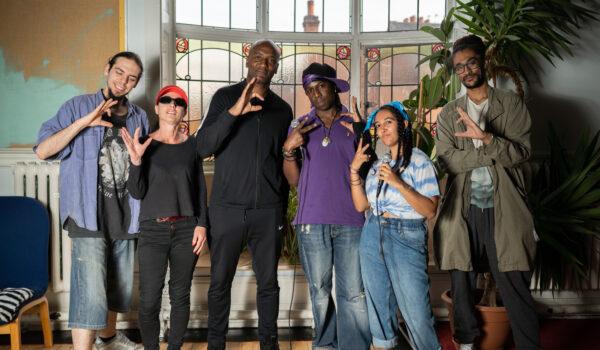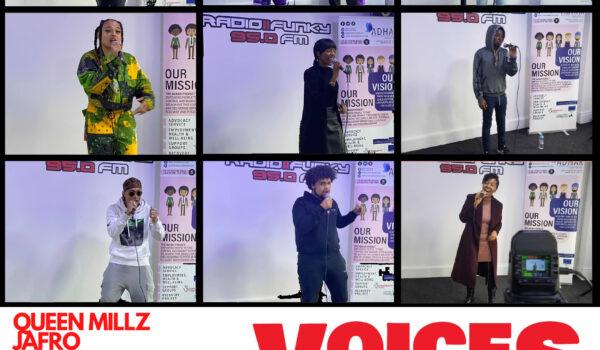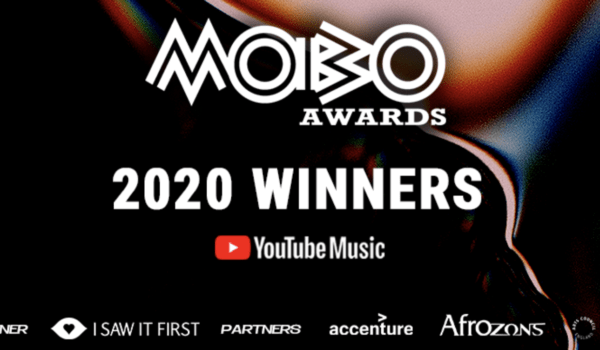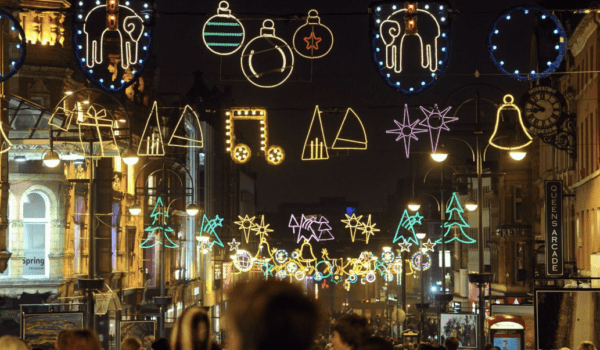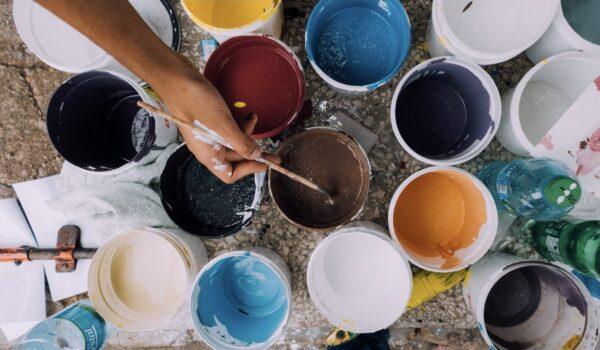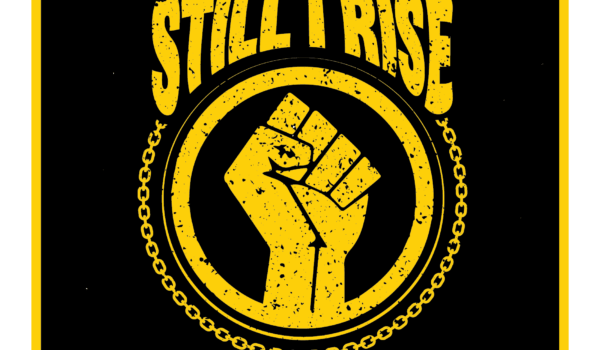There’s no doubt that when it comes to diversity the creative industries are still a work in progress in addressing disparities. It is clear that not enough steps are being taken to redistribute power within the creative sector.
Societal issues of discrimination, inequality and exclusion are evidently reflected in the creative industries. According to the ‘panic!’ Report (2018), the ‘arts are not diverse in terms of ethnicity’. The TV, Film, photography and video sector are only made up of 4.2% BAME workers. For the performing, music and visual arts industry there are only 4.8% BAME workers. This highlights the inequalities within the creative industries.
Official statistics published by the UK government reveal that the creative industries are dominated by white males. This research insinuates that being a part of the creative industries is difficult if you are not middle class and white. In the entertainment industry, some artists recognise their racial privilege. American rapper Eminem mentioned in his song White America in 2002: “Let’s do the math. If I was Black, I would’ve sold half. I ain’t have to graduate from Lincoln High School to know that”.
As a result of the racial imbalance, Black creatives have been implementing initiatives in order to reconstruct the make-up of the sector and encourage diversity. To illustrate this, in the publishing industry organisations such as the ‘The Black Writers Guild’ made up of black authors such as Malorie Blackman call for racial equality in the UK publishing sector. Their aim as an initiative is to raise awareness of the evident racial imbalance in the Industry.
The creative organisation ‘Studio Giggle’ have also acknowledged the lack of diversity within their company. They mentioned, “We’re not proud of it and it’s something that we have been tackling and trying to combat for a while now”.
Despite the contributions of the creative sector in reducing racial inequality, it appears that the creative industries need to thoroughly identify the reasons behind racial disparities in order to form a diverse and equal industry.
Mary Babalola
